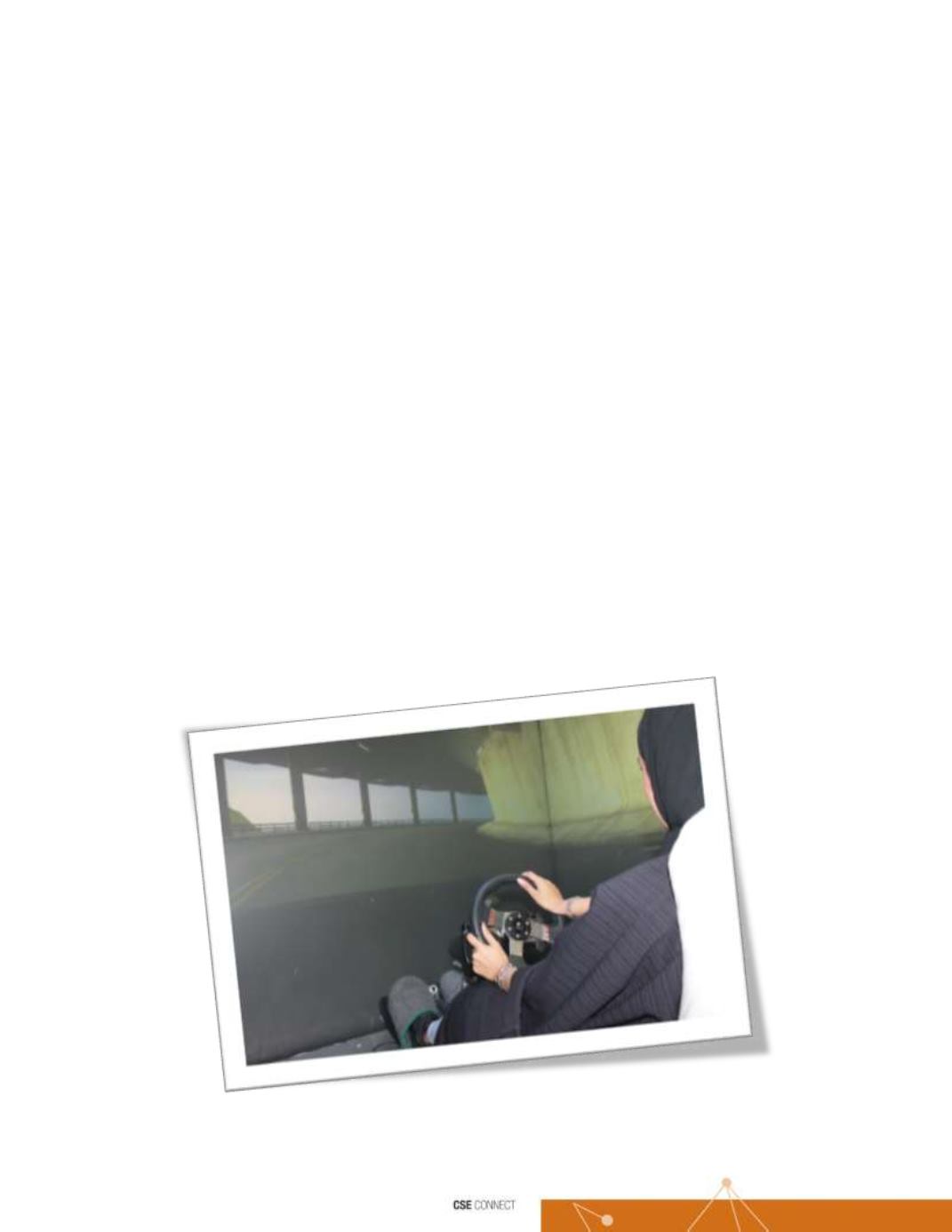

21
Department newsroom
Enter Virtual Reality and make your dream come true: Visual Computing Lab
encourages students to seek careers in Virtual Reality
Written by: Tooba Salahuddin
Virtual Reality (VR) is an interactive computer-generated three-dimensional simulation, allowing movement inside the virtual
environment, with visual, auditory and haptic interaction depending on different levels of immersion. Once the VR headset is
donned, the user enters a completely different world, a virtual world, oblivious to his or her surroundings. It may be a dream of
watching a sky lantern festival come true or analyzing a building structure prior to its construction.
The Visual Computing Lab is equipped with state-of-the-art resources for students to initiate innovative and inspiring Virtual Reality
projects. These resources include devices such as Samsung Gear VR and Oculus Rift headsets, touch controllers and sensors,
cyber gloves, eye-tracking and brain computer interface; software such as WorldViz; and multiple VR environments such as the
CAVE (4 walls and floor display) and walking VR. These devices can be programmed using 3D programming suites to create
interactive VR simulations that allow semi or complete immersion. The College of Engineering also offers the assistance of faculty
members expert in the areas of VR, especially game design, human computer interface, image processing and robotics.
The lab proudly features Dr. AbdelGhani Karkar, PhD alumni and former post-doctoral fellow at Qatar University, who successfully
developed creative VR simulations during his tenure as a Graduate Assistant in the lab. His projects included VR simulations with
complete and partial immersion,that became the highlight of the lab for the past few years. These projects include racing car, Lusail
heights, underwater experience and some other projects relevant to the Qatar national day. Moreover, a project for encouraging
healthy food intake for children using VR was awarded the best paper award at a recent IEEE conference. A recent innovative
project was a collaboration with Hamad Medical Center for the development of a fully immersive and interactive VR environment
simulating the interior of an ambulance. The purpose of the simulation was to allow the paramedics to rearrange and evaluate the
ambulance layout virtually without exerting physical effort and sparing the need for an actual vehicle.
















